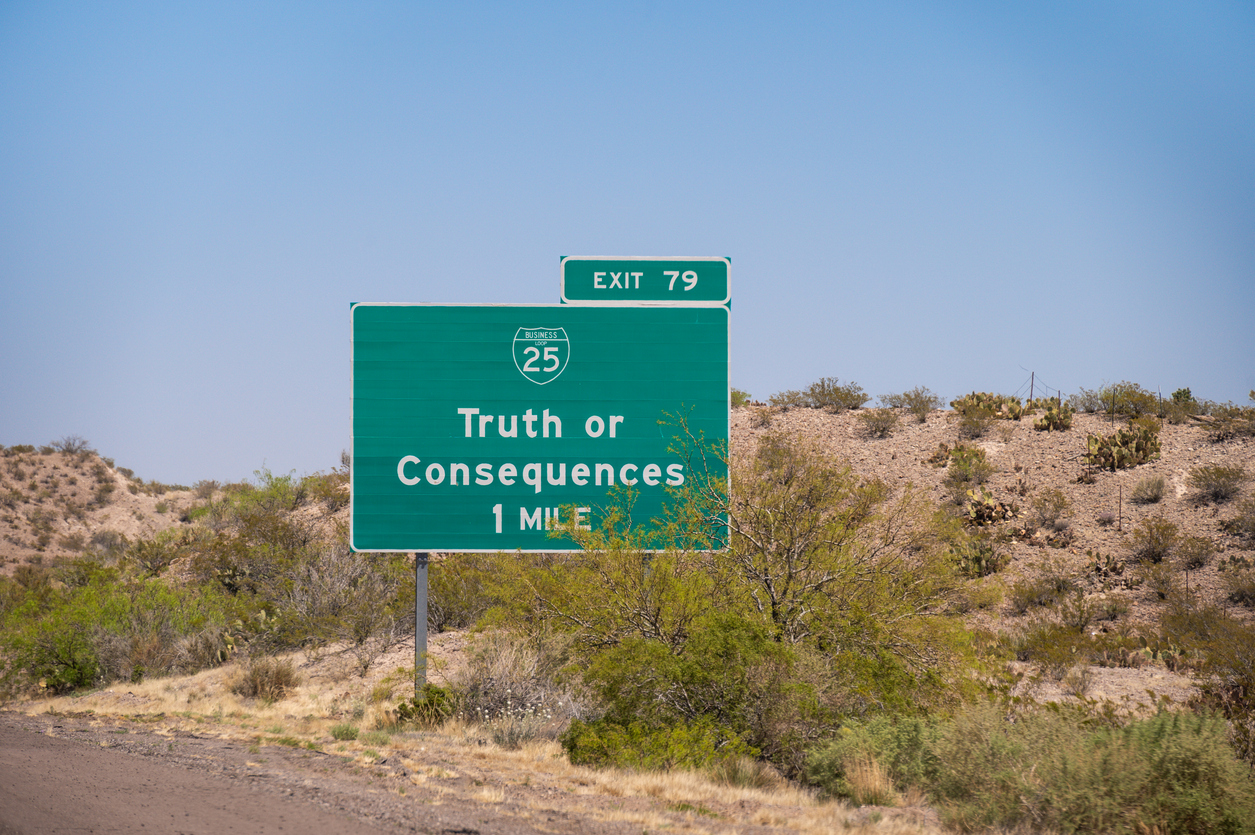When conducted in good faith, an Examination Under Oath (EUO) helps both insurance companies and policyholders establish the facts of a claim; like any legal process, though, an EUO goes more smoothly when you’re prepared. Read on to learn more about an EUO and why you should participate fully in the process, as well as how to best prepare yourself for one.
What Is an Examination Under Oath?
An EUO is a formal procedure by which an insurance company gathers knowledge about a claim in order to determine whether or not they will cover it. During an EUO, the insured policyholder is questioned by a representative of the insurance company, typically a lawyer, while under oath to tell the truth. The EUO is usually conducted in the presence of a court reporter who records all questions and answers, and a transcript is prepared afterward. The policyholder has the right to be accompanied by an attorney, who can help prepare for the EUO and provide representation during the proceeding.
EUOs have a long legal history. The United States Supreme Court noted the purpose of the Examination Under Oath over 150 years ago:1 an EUO can “enable the [insurance] company to possess itself of all knowledge…in regard to the [material]facts… to enable them to decide upon their obligations, and to protect them against false claims.” For those of you interested in legal history, we discuss the origins of the EUO in Examinations and Sworn Statements Under Oath.
What Types of Claims Involve EUOs?
EUOs are typically used when claims are especially high value or complex, or when the insurance company suspects fraud. Remember, an EUO is meant to enable the insurance company to establish the facts of the claim in order to determine whether or not they pay the claim.
What Questions Are Asked in an Examination Under Oath?
The questions asked in an EUO vary according to the situation. The insured is typically be asked questions about the loss, including what happened and how, as well as exact details of the damage or specifics of lost or stolen items. In some cases, the insurance company might ask questions about your financial situation, past claims history, or even criminal record. This is usually done to identify any potential motives for misrepresenting the claim.
Because EUOs are so important to the insurance process, we have multiple examples of questions that might be asked, including when fraud is suspected, as well as an example specific to fire loss.
Do I Have To Appear at an EUO?
It’s in your best interest to prepare for and attend an EUO. If an insured refuses to participate in an EUO or fails to answer questions truthfully, it can lead to the denial of the claim, cancellation of the policy, or dismissal of any lawsuit trying to force the insurance company to pay for benefits. The insurance company has the right to request an EUO as part of the policy conditions, and failure to comply can be considered a breach of the insurance contract.
An EUO Case Study
A recent case out of Ohio where the policyholders sued Allstate offers a valuable example of what can go wrong when policyholders refuse to participate in an EUO.
The insurance company argued that the policyholders’ lawsuit should be dismissed, since the plaintiffs never responded to EUO requests, didn’t produce any requested documents confirming the loss, and didn’t respond to Allstate’s repeated requests for such documents. By doing so, the policyholder did not comply with the terms of their policy.
The trial court agreed and dismissed the lawsuit without prejudice, noting:
The simplest path (which, regrettably, the Dawsons have not chosen) is for the Dawsons to sit for an EUO. Then, assuming no other provision or exclusion kicks in, Allstate’s duty to cover would presumably be due. Alternatively, the Dawsons could say that Allstate’s request for an EUO was unreasonable (meaning the Dawsons’ duty to sit for one did not arise and consequently Allstate’s duty to cover is due). Or, lastly, the Dawsons could argue that Allstate was not prejudiced by their refusal (meaning that regardless whether its request for an EUO was reasonable, Allstate’s duty to cover is not suspended and is now due).
The Dawsons did not do any of these things; rather, they asserted that the EUO was an attempt to intimidate them. The court was not impressed with this argument:
The Court concludes that it is highly likely that Allstate’s request was reasonable. After all, the Dawsons had purchased insurance only two months prior to submitting a claim for over $1 million in allegedly covered losses resulting from a fire. Common sense… suggests that Allstate may have some questions about that fire and the Dawsons’ losses.2
It’s almost always in a policyholder’s best interest to participate fully in an EUO; and you should always carefully select an attorney to help you through it. For more information on this, see another blog post we wrote about refusing to answer questions during an EUO.
Do I Need a Lawyer at an EUO?
While not required, a lawyer is an invaluable resource for anyone undergoing an EUO. An attorney can help you understand the process, prepare for questioning, and explain your rights. Additionally, if your claim involves complex issues or significant disagreements with the insurance company, a lawyer can provide valuable guidance and representation.
How Can I Prepare for an EUO?
Policyholders should carefully prepare for an EUO by reviewing the facts of their claim and selecting an experienced, highly regarded law firm to help them through an Examination Under Oath. The more well-prepared you are, the more reliable you appear; as we noted over ten years ago, “a well-prepared policyholder always presents as a more confident, credible witness.”
What Is The Difference Between an Examination Under Oath and a Deposition?
Both depositions and EUOs involve sworn testimony that seek to establish the facts of a given situation. Depositions are the products of lawsuits intended to gather information from opposing parties or witnesses, while EUOs are cooperative efforts intended to help the insurer investigate and evaluate a claim. Additionally, in a deposition, your lawyer can object to improper questioning; this is not the case in an EUO. You can, however, consult with your lawyer during the EUO.
Further Resources on Insurance Coverage Law
Navigating the complexities of insurance claims can feel overwhelming. Whether you’re facing unpaid claims or simply filing for the first time, our eBooks equip you with the crucial information you need to advocate for yourself with confidence.
- Filing A Property Insurance Claim
- Insurance Company Response Time
- What To Do When You Have a Denied/Underpaid Claim
- Wildfire Claims
- Flood Claims Handbook
- More Information on Hurricane Deductible and Policy Limits
- Condominium Hurricane Preparedness
Why Merlin?
Are you fighting an insurance company that won’t pay up on claims? With nearly 40 years of practice and $2 billion in recovered claims, our team stands by your side to ensure you can face any insurance challenge with confidence. Contact us today for a consultation, or read more about how we’re your trusted advocate.
1 Claflin v. Commonwealth Ins. Co., 110 U.S. 81 (1884).
2See Dawson v. Allstate Vehicle & Prop. Ins. Co., No. 1:22-CV-776, Doc # 17 [Defendant Motion for Judgment on the Pleadings] (S.D. Ohio).




